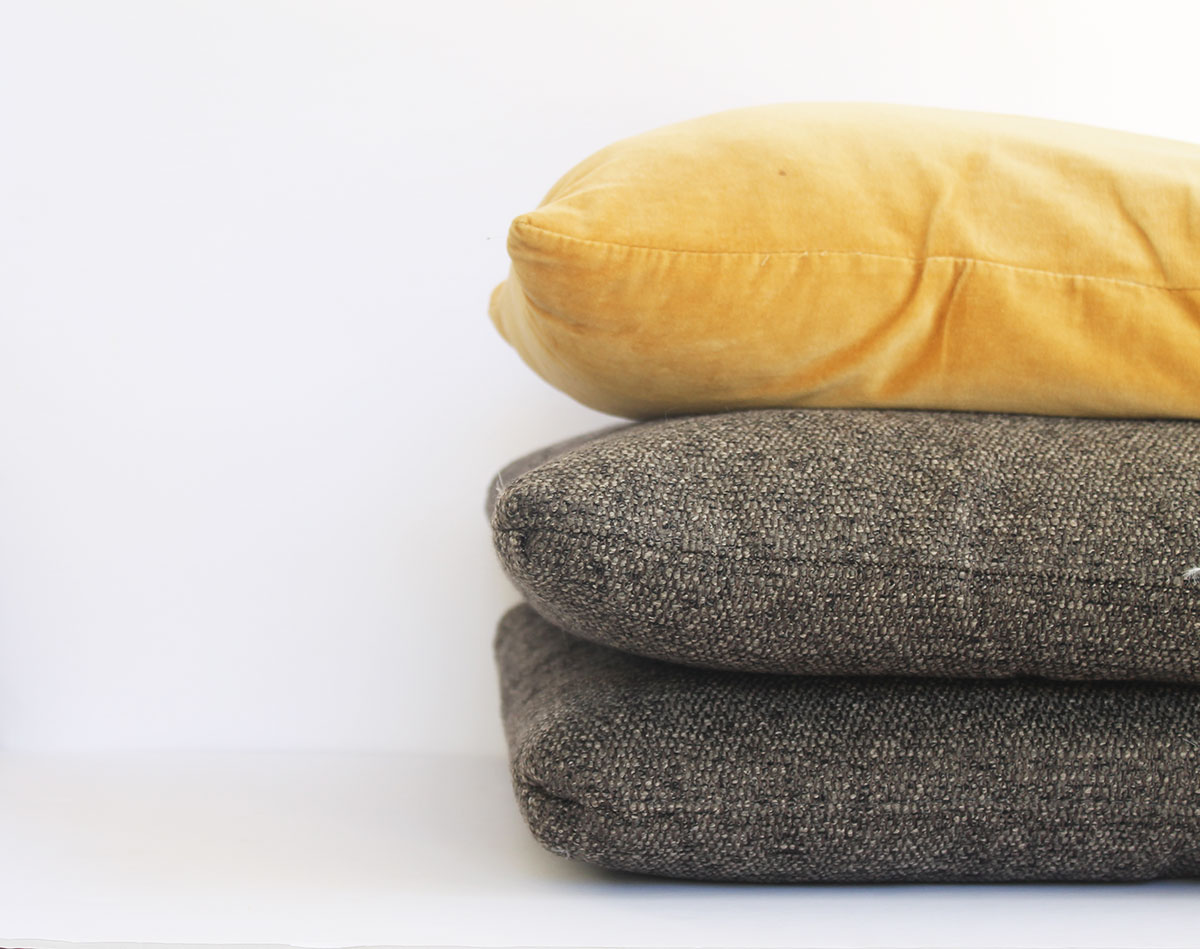

Articles
How Long Should Pillows Last
Modified: January 23, 2024
Discover how long pillows should last with our informative articles. Find out the lifespan of different pillow types and when to replace them.
(Many of the links in this article redirect to a specific reviewed product. Your purchase of these products through affiliate links helps to generate commission for Storables.com, at no extra cost. Learn more)
Introduction
Pillows play a crucial role in providing comfort and support while we sleep. They contribute to a restful night’s sleep by keeping our necks and spines properly aligned. However, just like any other household item, pillows have a limited lifespan. Over time, pillows lose their shape, support, and hygiene, making it necessary to replace them.
The question then arises, how long should pillows actually last? The lifespan of a pillow can vary depending on several factors, including the type of pillow, usage, maintenance, and personal preferences. In this article, we will delve into the various factors that affect the lifespan of pillows, the different types of pillows and their respective lifespans, signs that indicate it’s time to replace your pillow, and tips to extend the longevity of your pillow.
Understanding how long a pillow should last can help you make informed decisions when it comes to pillow shopping and maintaining optimal sleep quality. So let’s dive in and explore the fascinating world of pillow longevity!
Key Takeaways:
- Regularly assess your pillow’s condition and replace it when signs of wear, such as flatness, lumps, or stains, appear to maintain optimal sleep quality and hygiene.
- Extend your pillow’s lifespan by using protectors, washing regularly, fluffing, and avoiding misuse, ensuring continued comfort and support for a restful night’s sleep.
Read more: How Long Should A Recliner Last
Factors Affecting Pillow Lifespan
Several factors can significantly impact the lifespan of a pillow. Understanding these factors can help you determine whether your pillow needs replacement and make an informed decision when purchasing a new one. Here are the key factors that affect pillow longevity:
- Material Quality: The quality of the materials used in the construction of a pillow greatly affects its lifespan. High-quality materials, such as memory foam or down feathers, tend to be more durable and resilient, allowing the pillow to maintain its shape and support for a longer period of time.
- Usage and Sleeping Habits: The frequency and intensity of pillow usage can impact its lifespan. Those who sleep on their side or stomach, and tend to move around a lot during the night, may exert more pressure on the pillow, causing it to wear out more quickly. Similarly, placing excessive weight on the pillow, such as using it as a backrest or sitting on it, can also shorten its lifespan.
- Proper Maintenance: How you care for and maintain your pillow can significantly affect its longevity. Regularly washing and fluffing your pillow can help remove dirt, sweat, and oils that accumulate over time, preventing them from breaking down the pillow’s materials. Following the manufacturer’s instructions for cleaning and care is crucial to preserving the lifespan of your pillow.
- Environmental Factors: The conditions in which the pillow is used can also impact its lifespan. Exposure to extreme temperatures, humidity, or direct sunlight can cause the materials to degrade more quickly. Additionally, sleeping in a room with high levels of moisture or mold can lead to the growth of bacteria and fungi, which can deteriorate the pillow.
- Personal Preference: Personal preference plays a role in how long a pillow lasts as well. Some individuals may find that their pillows become uncomfortable or lose support sooner than others due to changes in their body, sleeping positions, or preference for a specific level of firmness.
It’s important to consider these factors when assessing the lifespan of your pillow. By understanding the elements that affect pillow longevity, you can make informed decisions about when to replace your pillow and choose one that aligns with your needs and preferences.
Types of Pillows and Their Lifespan
Pillows come in various types, each with its own unique characteristics and lifespan. Understanding the different types of pillows can help you choose one that best suits your sleeping needs and preferences. Here are some common types of pillows and their respective lifespans:
- Memory Foam Pillows: Memory foam pillows are known for their ability to conform to the shape of your head and neck, providing excellent support and pressure relief. These pillows typically have a longer lifespan compared to other types, ranging from 3 to 5 years, thanks to the durable and resilient nature of memory foam materials.
- Down and Feather Pillows: Down and feather pillows are known for their plush and luxurious feel. They are made from a combination of down feathers and synthetic fibers. The lifespan of down and feather pillows can vary depending on the quality and fill power. On average, they can last anywhere from 2 to 5 years.
- Synthetic Fill Pillows: Synthetic fill pillows are made from polyester fibers or microfiber materials. These pillows are generally more affordable and hypoallergenic. However, they may have a shorter lifespan compared to memory foam or down pillows. On average, synthetic fill pillows can last between 1 to 3 years.
- Latex Pillows: Latex pillows are known for their durability and responsiveness. They are made from natural or synthetic latex materials. Latex pillows tend to have a longer lifespan, ranging from 5 to 7 years, due to their resilient nature and ability to retain shape and support over time.
- Buckwheat Pillows: Buckwheat pillows are filled with buckwheat hulls, providing excellent support and breathability. These pillows have a unique lifespan compared to others, typically lasting around 5 years. However, they may require periodic refilling to maintain their loft and support.
It’s important to note that these are general guidelines, and the lifespan of a pillow can vary based on usage, maintenance, and other factors mentioned earlier. Regularly assessing the condition of your pillow and understanding its expected lifespan can help you determine whether it’s time for a replacement.
Pillows should be replaced every 1-2 years, as they can accumulate dust mites, mold, and bacteria over time. To extend their lifespan, use pillow protectors and wash them regularly.
Signs It’s Time to Replace Your Pillow
Knowing when to replace your pillow is crucial for maintaining optimal sleep quality and support for your head and neck. Here are some telltale signs that indicate it’s time to bid farewell to your old pillow and invest in a new one:
- Flat and Lumpy: Over time, pillows can lose their shape and become flat and lumpy. If you notice that your pillow no longer has proper loft and support, and attempts to fluff or reshape it are ineffective, it’s a clear sign that it’s time for a replacement.
- Sagging or Folding: When you fold your pillow in half or notice a deep sag in the middle, it indicates that the pillow has lost its firmness and support. A pillow in this condition can no longer provide the necessary stability for your head and neck during sleep.
- Visible Stains, Smells, or Allergies: Stains, odors, or allergy symptoms that persist even after washing your pillow thoroughly are signs that it’s time to replace it. These issues can indicate the accumulation of sweat, skin oils, dust mites, or allergens, which can affect your sleep quality and contribute to allergic reactions.
- Waking Up with Neck or Shoulder Pain: If you frequently wake up with neck or shoulder pain, it may be a sign that your pillow is no longer providing proper support or alignment. A worn-out pillow can cause discomfort and compromise your spinal alignment, leading to pain and stiffness.
- Excessive Tossing and Turning: If you find yourself constantly tossing and turning during the night in an attempt to find a comfortable position, it could be a sign that your pillow is no longer serving its purpose. An unsupportive pillow can disrupt your sleep and leave you feeling tired and restless.
- Prolonged Use: Even with proper care and maintenance, pillows have a limited lifespan. If you’ve had the same pillow for several years, it’s likely time for a replacement, as the materials may have deteriorated and lost their original quality and support.
- Allergic Reactions: If you experience increased allergies or respiratory issues during sleep, it could be due to a buildup of allergens, such as dust mites, in your pillow. Replacing your pillow with a hypoallergenic option can alleviate these symptoms.
Regularly assessing the condition of your pillow and looking out for these signs can help ensure that you have a supportive and hygienic pillow for a comfortable night’s sleep.
Tips to Extend the Lifespan of Your Pillow
While pillows do have a limited lifespan, there are several steps you can take to maximize their longevity and keep them in good condition. Here are some tips to help extend the lifespan of your pillow:
- Protect with Pillow Covers: Use pillow covers or protectors to shield your pillows from stains, sweat, and body oils. These covers act as a barrier, preventing dirt and moisture from penetrating the pillow and extending its lifespan.
- Wash Regularly: Follow the manufacturer’s instructions and wash your pillows on a regular basis to remove dust, allergens, and sweat buildup. Most pillows can be machine washed, but it’s important to check the label for specific instructions. Use mild detergent and a gentle cycle, and ensure your pillows are completely dry before using them again.
- Fluff Daily: Fluff your pillows daily to help redistribute the filling and regain their shape. This simple act can help prevent flattening and maintain the pillow’s supportive loft for a longer period of time.
- Avoid Misuse: Avoid using your pillow for purposes other than sleeping, such as sitting or using it as a backrest. These actions can place excessive pressure on the pillow and cause it to wear out more quickly.
- Rotate and Flip: Rotate and flip your pillows regularly to ensure even wear. This practice can help prevent the pillow from developing lumps or indentations in specific areas and maintain its overall shape and support.
- Consider Pillow Protectors: In addition to pillow covers, consider using pillow protectors. These zippered encasements provide an extra layer of protection against allergens, dust mites, and stains, which can help prolong the life of your pillows.
- Avoid Exposure to Moisture and Sunlight: Keep your pillows away from direct sunlight and excessive moisture as these can degrade the materials and promote the growth of mold and bacteria. Store pillows in a cool, dry place to maintain their quality.
- Replace Pillow Inserts: If you have pillows with removable inserts, consider replacing the inserts rather than purchasing a completely new pillow. This can be a cost-effective way to rejuvenate your pillow and extend its lifespan.
By following these tips and taking proper care of your pillows, you can significantly extend their lifespan and enjoy their comfort and support for a longer period of time. Remember to reassess your pillows periodically for any signs of wear and replace them when necessary to ensure a restful sleep experience.
Read more: How Long Should A Printer Last
Conclusion
Pillows are an essential part of our sleep routine, providing us with comfort and support. Understanding the lifespan of pillows and knowing when it’s time to replace them is crucial for maintaining healthy sleep habits. Various factors, including material quality, usage, maintenance, and personal preferences, can greatly influence the longevity of pillows.
By paying attention to signs such as flatness, lumps, stains, and discomfort, you can determine when it’s time to say goodbye to your old pillow and invest in a new one. Additionally, following simple tips such as using pillow protectors, washing regularly, fluffing, and avoiding misuse can help extend the lifespan of your pillows.
When choosing a pillow, consider the different types available, such as memory foam, down, synthetic fill, latex, and buckwheat. Each type has its own unique lifespan and characteristics, allowing you to select one that best suits your needs and preferences.
Remember, a good-quality, supportive pillow is essential for a restful night’s sleep and proper alignment of your head and neck. Regularly evaluating the condition of your pillow and replacing it when necessary will contribute to better sleep quality and overall well-being.
So, take the time to assess your pillows, consider the factors mentioned in this article, and make informed decisions about when to replace them. Your sleep comfort and health are worth it!
Frequently Asked Questions about How Long Should Pillows Last
Was this page helpful?
At Storables.com, we guarantee accurate and reliable information. Our content, validated by Expert Board Contributors, is crafted following stringent Editorial Policies. We're committed to providing you with well-researched, expert-backed insights for all your informational needs.
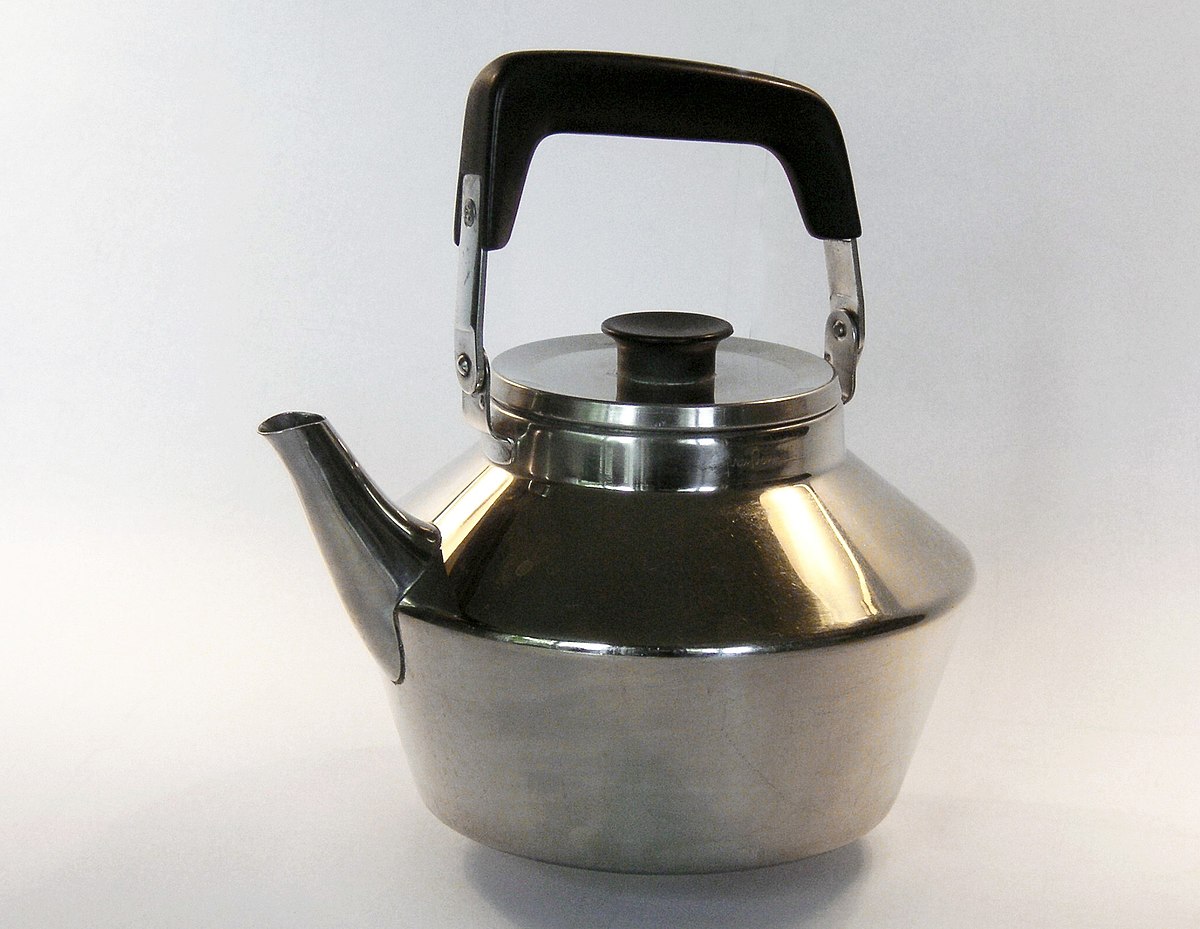
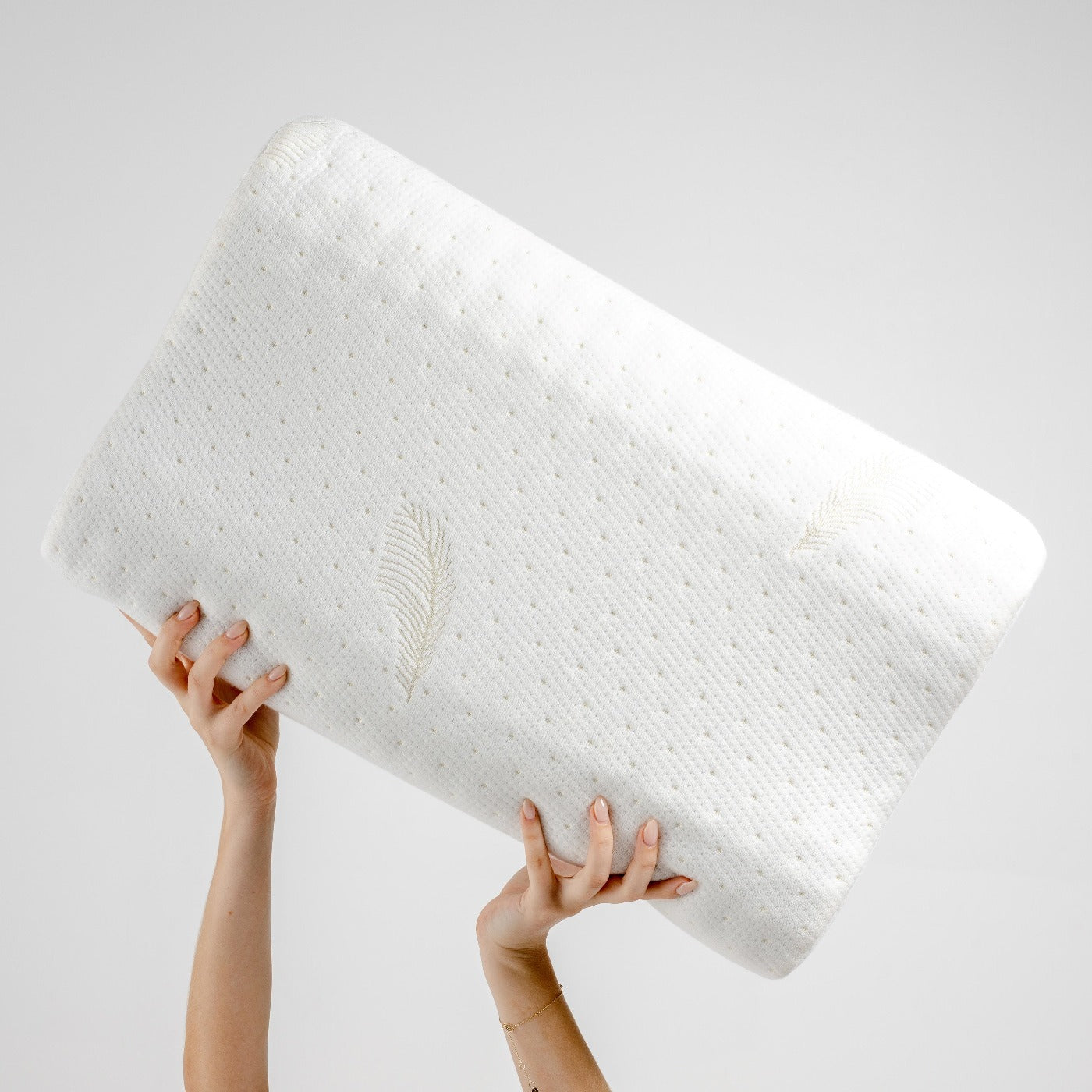
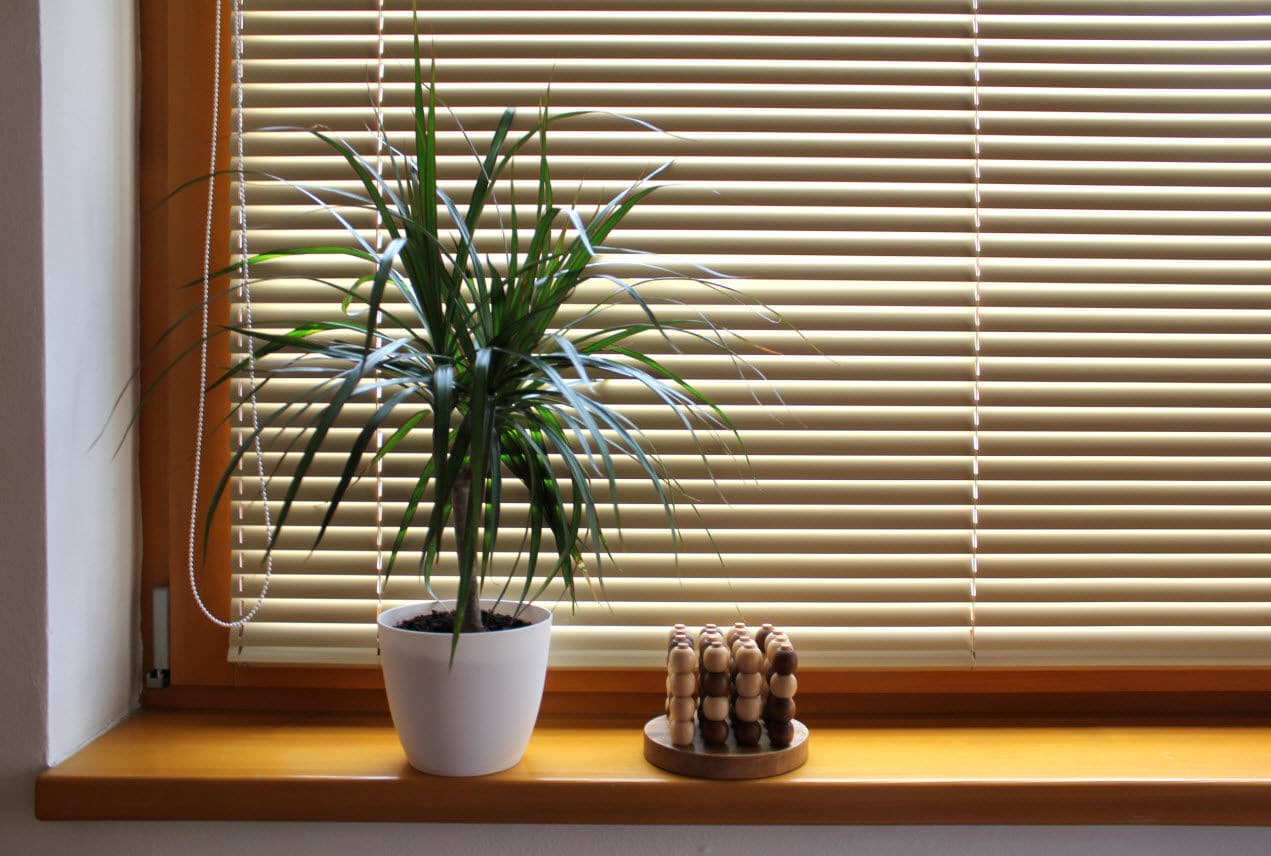

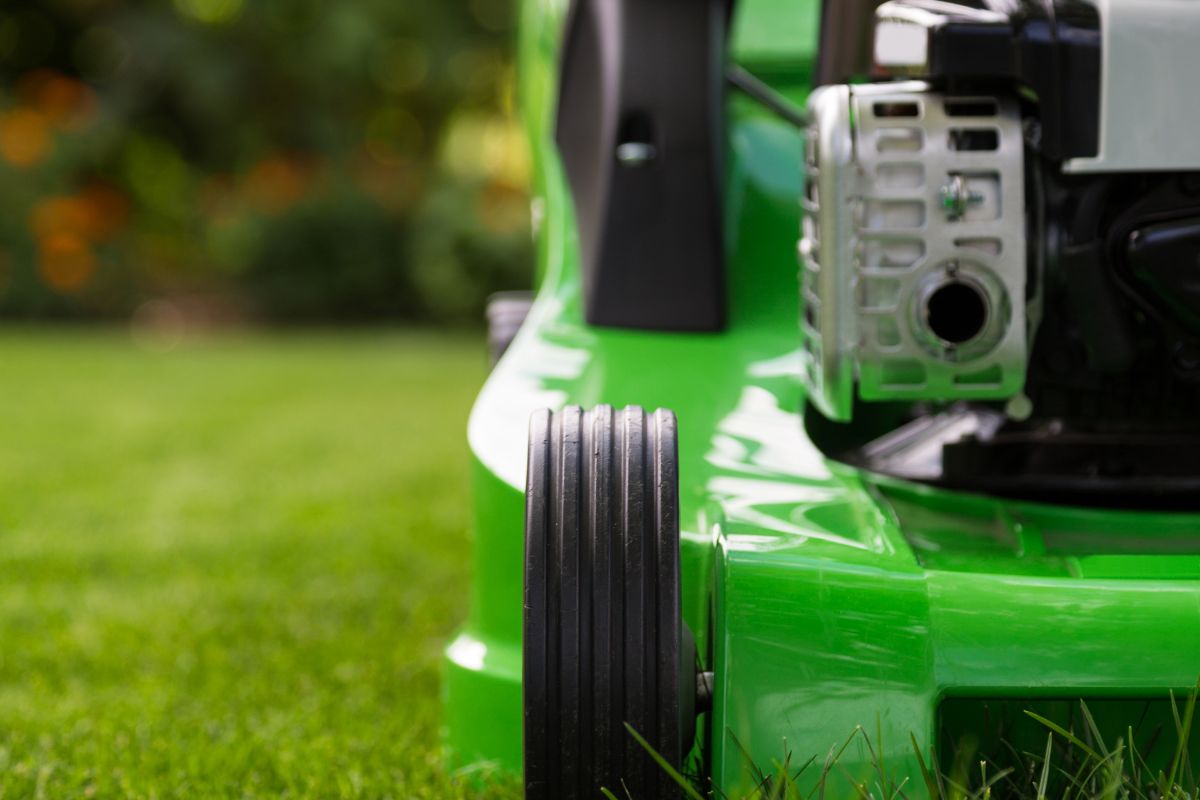
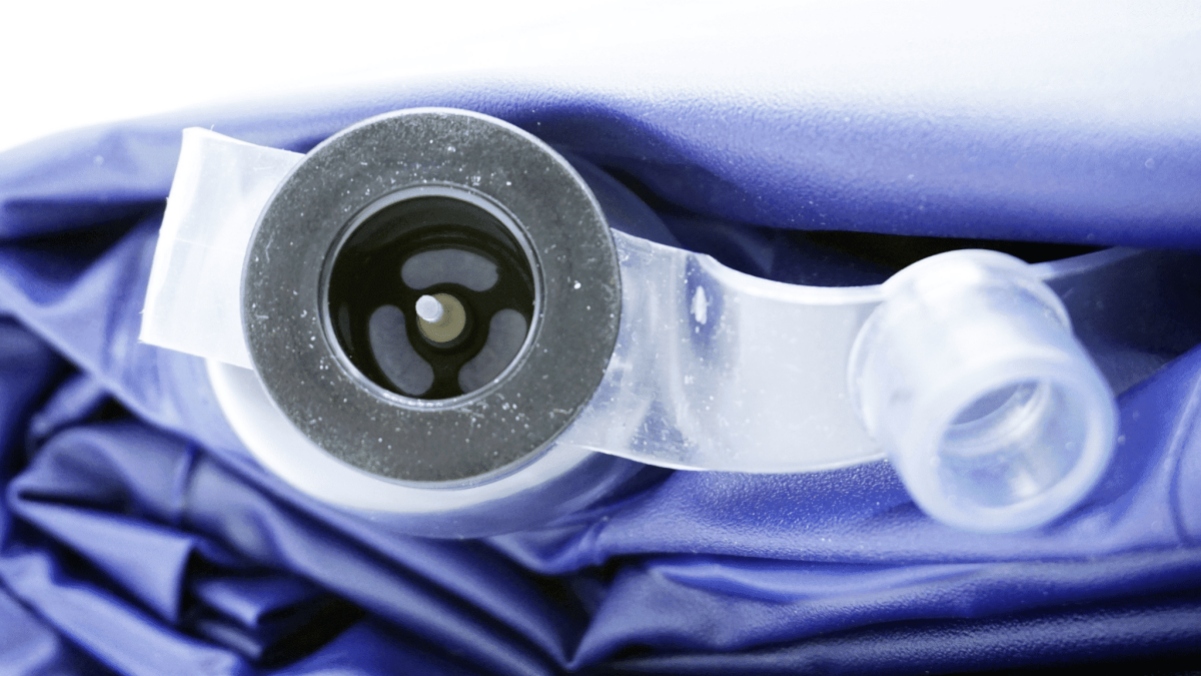


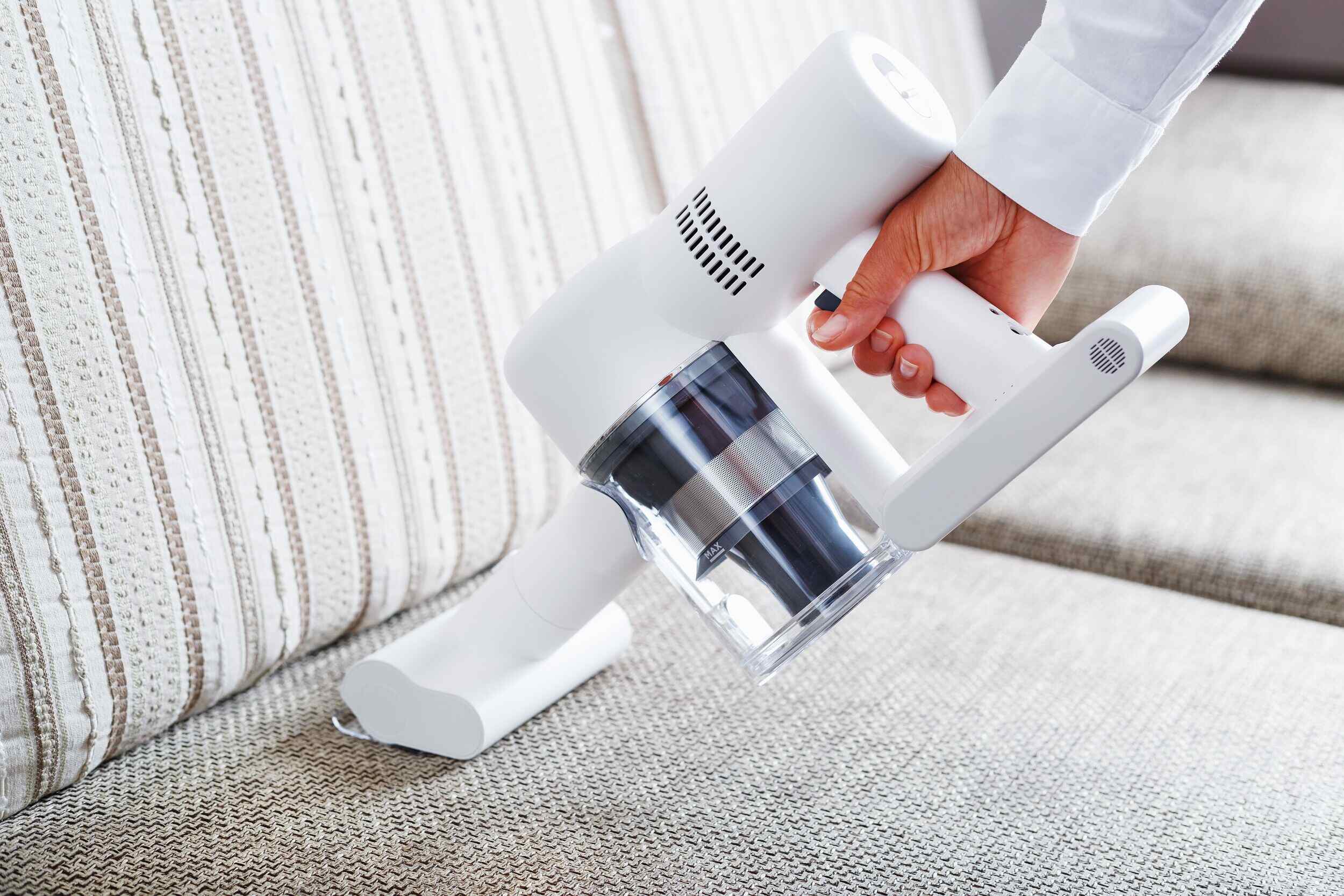
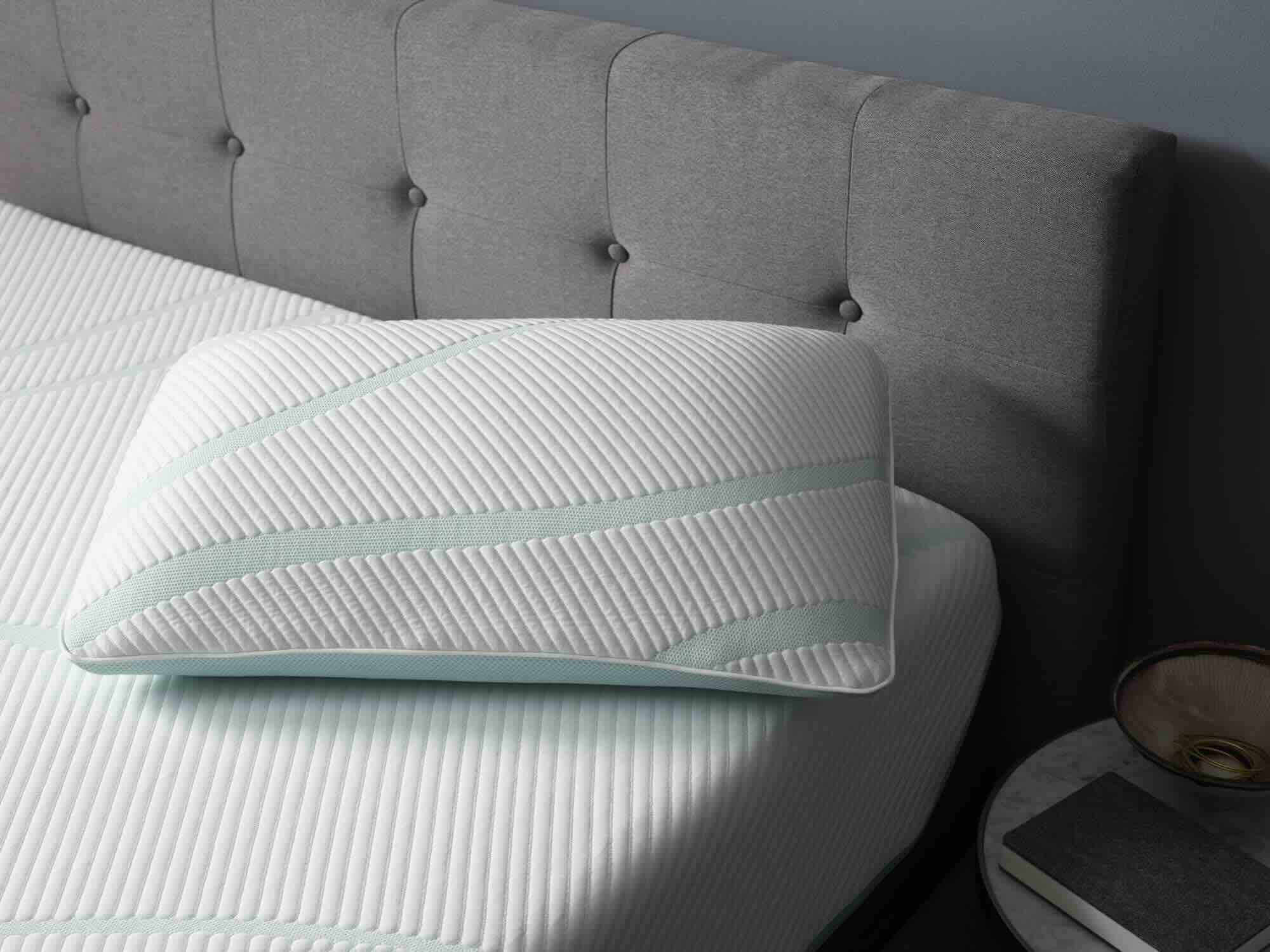
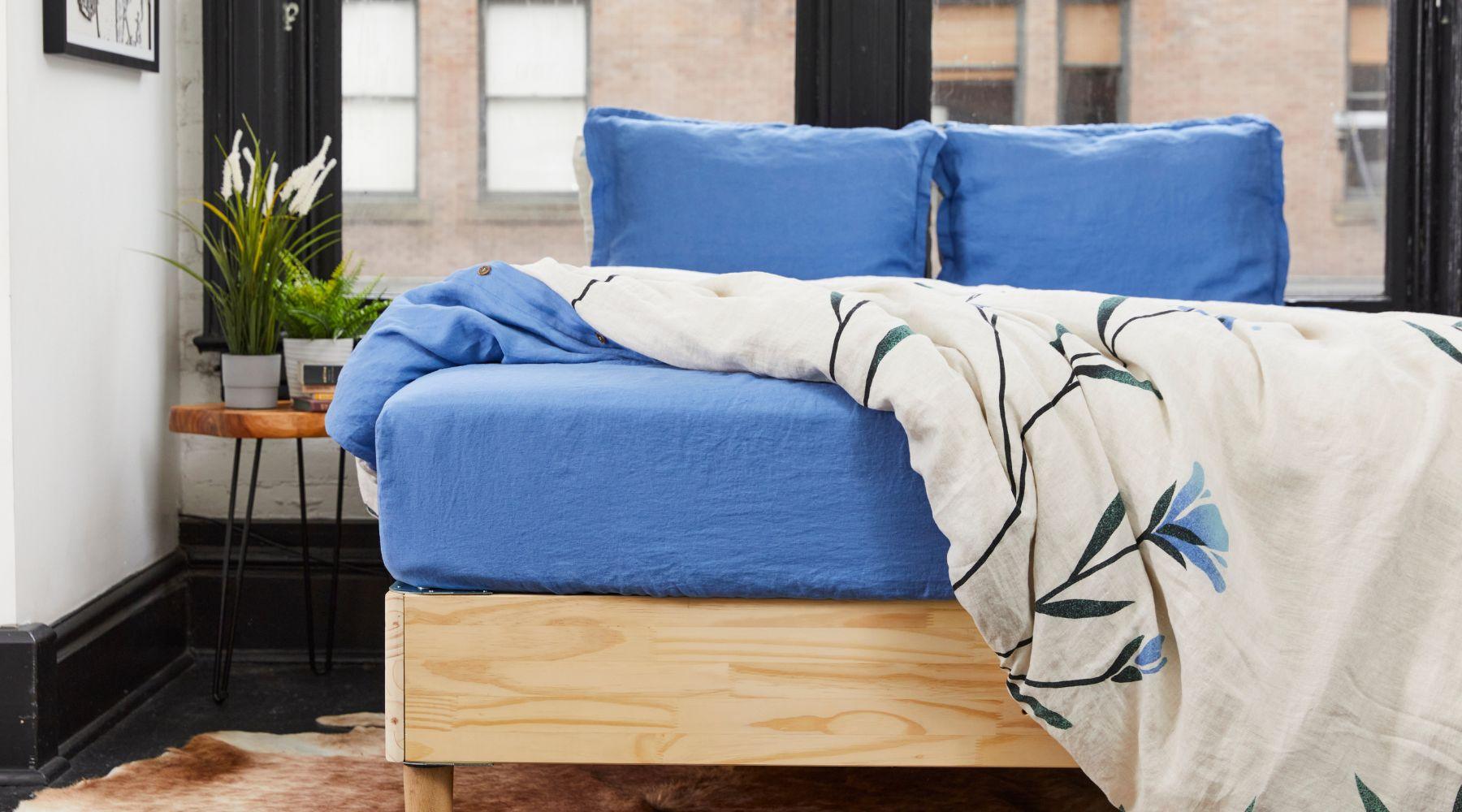
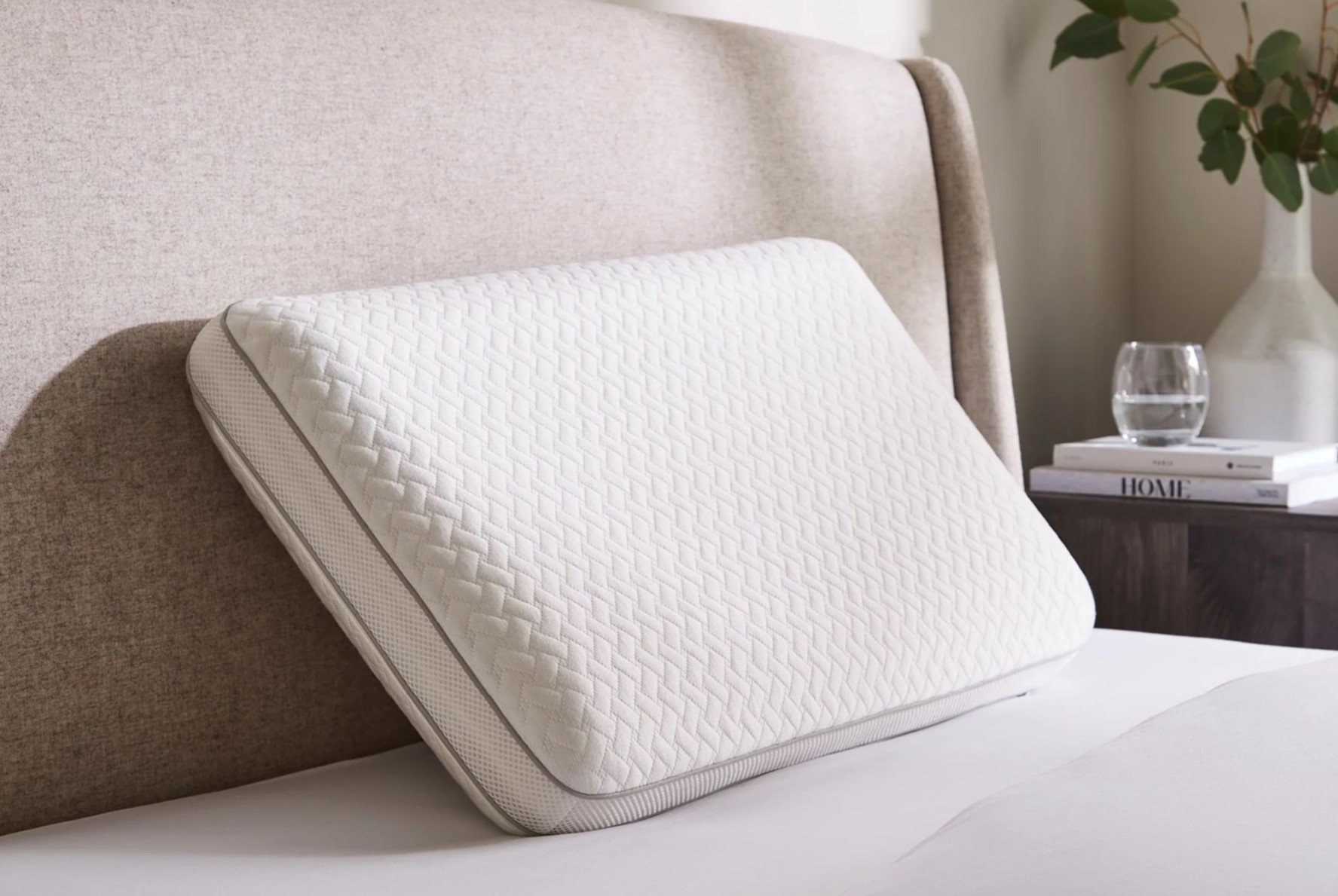

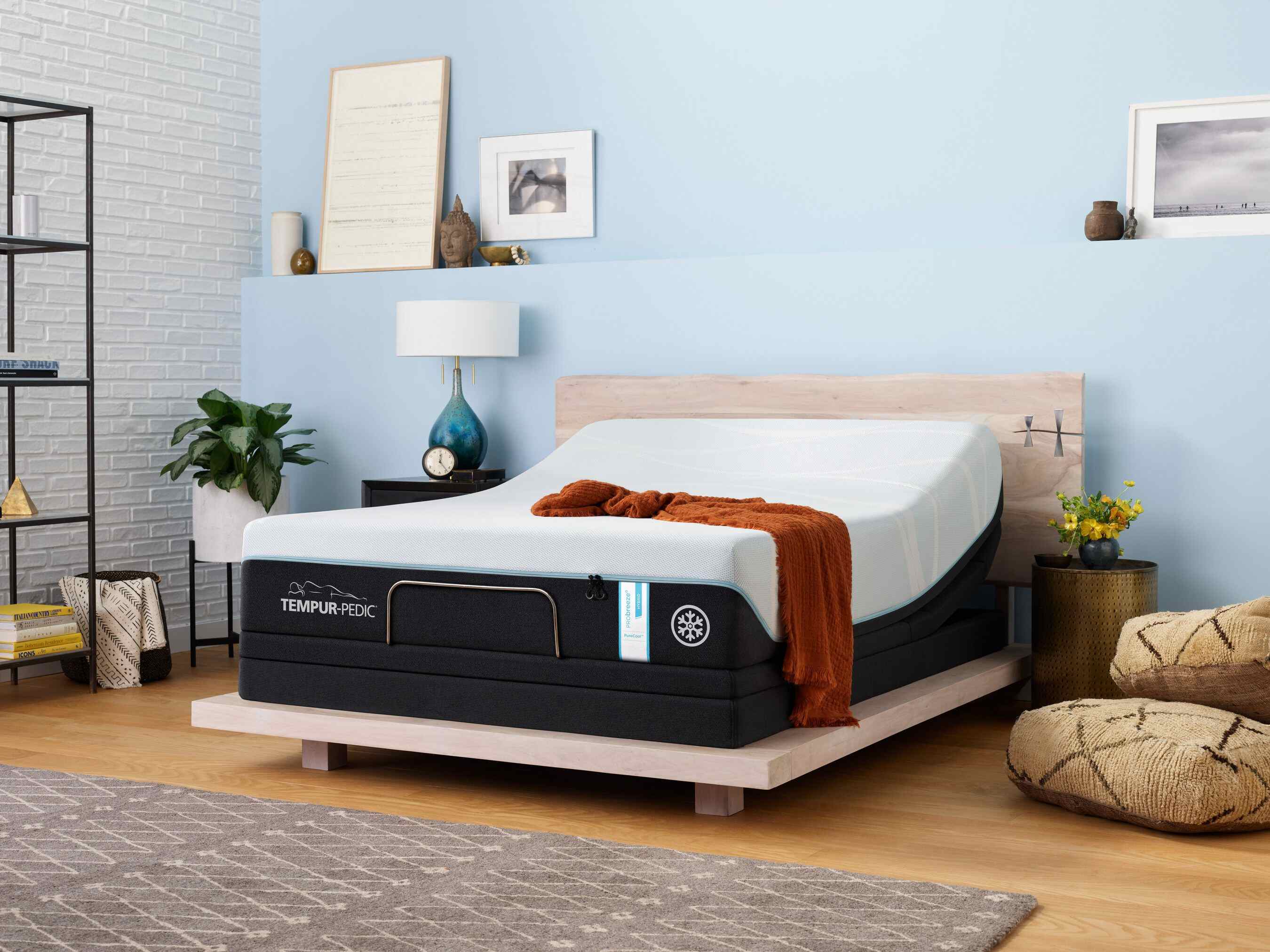

0 thoughts on “How Long Should Pillows Last”